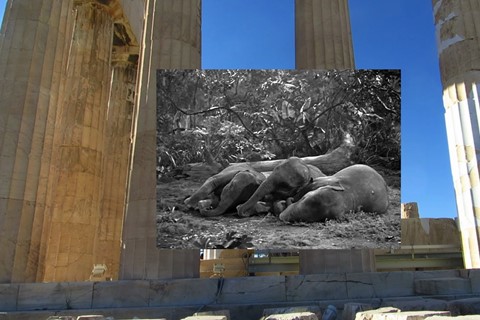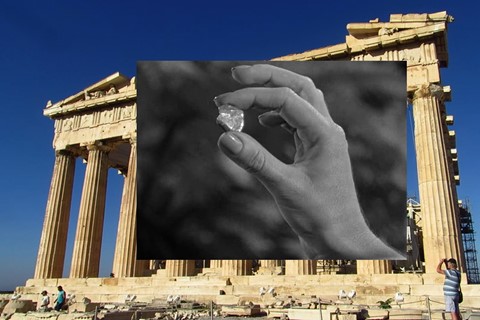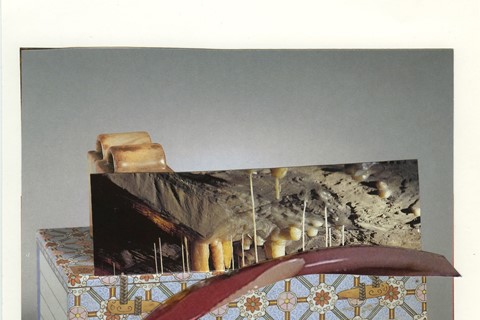Eli Cortiñas' eclectic video works, now on display at a new Brussels exhibition, use found imagery to critique a patriarchal colonial perspective: here, she deconstructs her process and intention
From a young age, Eli Cortiñas has been fascinated by cinema. She grew up in Las Palmas, Gran Canaria, with the films of Ida Lupino, Chantal Ackermann and Fritz Lang for company, and soon found that she was drawn to female protagonists in distress – women who were characterised by a patriarchy she was not part of.
Earlier this month at Artissima, Turin’s experimental art fair, I came across Cortiñas' 2014 video Quella Che Cammina. The work is a collage of audio excerpts and found video footage, and in a way it is the corollary of Cortiñas' early encounters with the female experience as portrayed by those iconic directors – a mixture of symbolism, surrealism and visceral emotion that unfolds analogically. She uses found images, both moving and static; in her 2008 piece Dial M for Mother Cortiñas remixes the work of Cassavetes’ star Gena Rowlands in a disturbing and disrupting reimagining of Rowlands’ range of female characters.
This week a new show opens at Waldburger Wouters in Brussels, in which Cortiñas moves into new territory, using classic American adventure films and the collages of dadaist Hannah Höch as her material to deconstruct the colonial gaze in western cinema. Ahead of the opening, I asked Cortiñas to tell me more about her thinking.
On her new series of collages…
“From An Ethnographical Museum Revisited has its starting point in another collage series by the German artist Hannah Höch. Höch created From An Ethnographical Museum between the 1920s and the 40s, conveying around 30 collages in total.
The series I'm working on doesn't revolve around the images themselves – although a lot of the pictures I work with are in fact very similar to Höch's, some are even the exact same – but around the circulation of those images. The images I use in my reflection of Höch's work circulate differently; the Other is not only consolidated but institutionalized.
I include different elements from popular culture in the collages as well, such as images of cats that circulate through the internet, or reproductions of contemporary art, as a way to imagine how a future western ethnography could look.”
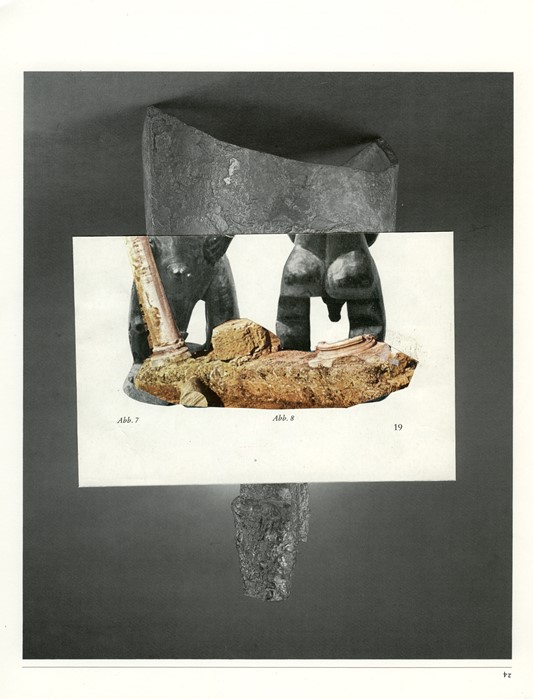
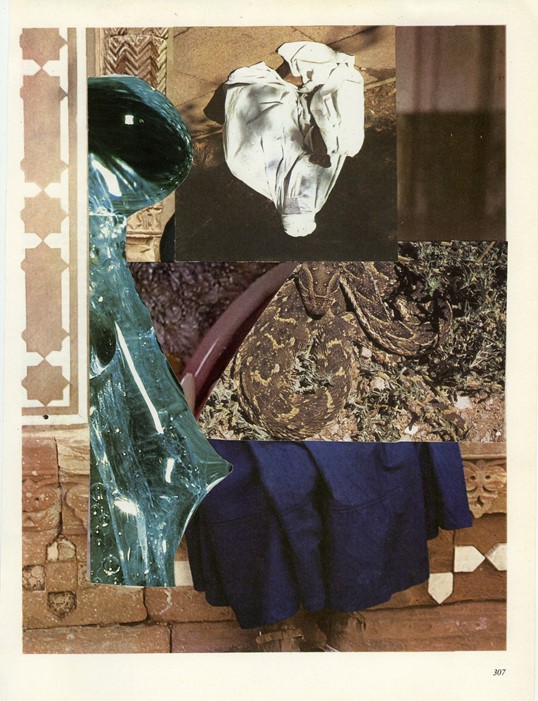
On why she prefers the non-linear narrative…
“I’m convinced that a picture – and by that I mean a sequence, a film, a collage, a sculpture, etc… – is just half of itself. The other half gets completed in the eye and mind of the beholder. That’s the place where the magic really happens.”
On the use of violence in her works…
“Even though some elements in my pieces contain violence, the violence is never to be read as merely physical; it’s more the violence of an expectation forced upon a cultural body, inscribed on to a gender, so to speak.
Sound is as important to me as image. I very often remove the sounds, voices and atmospheres from the original scenes and add something else to them. I also isolate single sounds and slow them down, for instance cars, dogs barking, or doors being opened, and create an acoustic alphabet. Some of these treatments help me achieve an unsettling atmosphere. The images seem then to be filled with something that ‘lives’ within them, but doesn’t quite belong there.”

On how the Tarzan movies inspired her new video work, The Most Given of Givens…
“While examining the first Tarzan movies produced in Hollywood I came across an imagery that unsettled me profoundly. In Tarzan, the Ape Man there is a central sequence that gets repeated in the film, in which the population of an unnamed area in Africa was filmed in a clearly ethnographical style, and then, using a rear projection, brought into the studio in Hollywood, where the well-lit white actors would then interact with the projection of the African people, who weren’t actors themselves.
The openly racist point of view on the subject, starting with the literature which serves as the base for this film saga, is hardly manageable, but studying actual approaches within the genre of adventure films further, you can clearly see how this type of narration hasn’t stopped or been seriously reconsidered. Examples like James Cameron’s Avatar, even the just-released new Tarzan movie, and the whole Disney production are just a few examples which come to show that these genres haven’t been decolonized at all.”
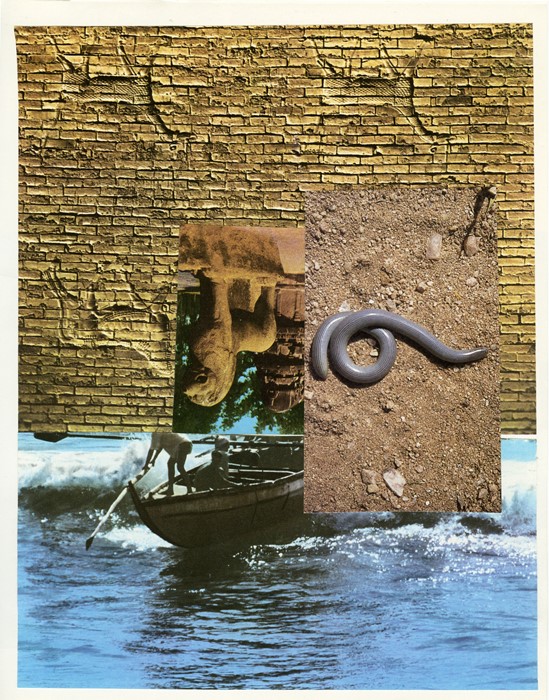
Eli Cortiñas: The Most Given of Givens runs until January 21, 2017 at Waldburger Wouters. Artist's answers extracted from a longer conversation.

